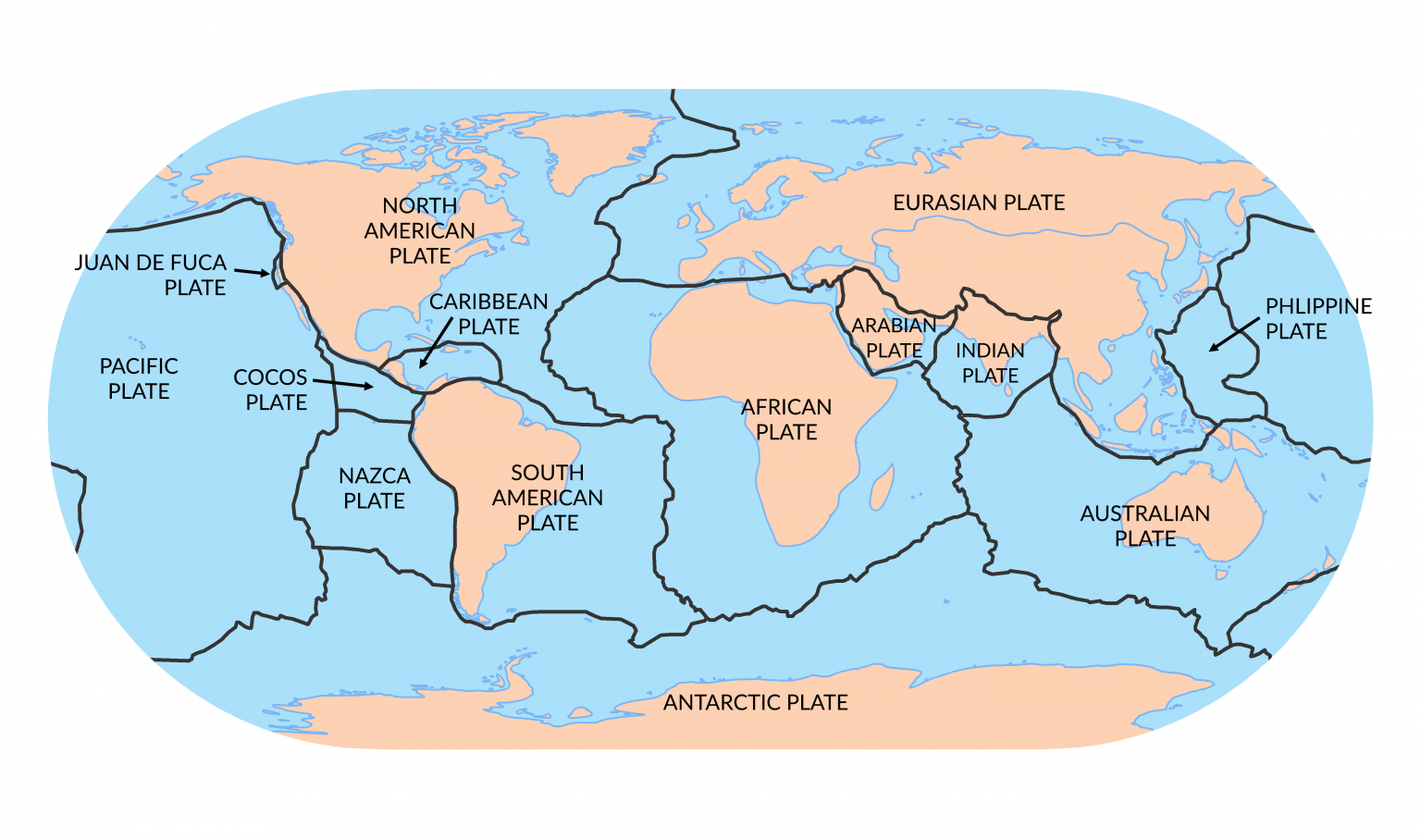PLATE TECTONICS IN CANADA
SEPTEMBER 1, 2023
Canada is located on the North American tectonic plate's northern part, between the Pacific (on the west) and Eurasian (on the east) plates. It is able to be part continental (North America) and part oceanic (Atlantic Ocean) lithosphere. It's a convergent (subduction) oceanic-continental plate boundary. The reason for knowing such facts about the boundaries of a country's plate tectonic is because it is, in some way, related to the natural geological hazards that have happened and will happen in the future. Knowing exactly where such events like volcanoes and earthquakes will occur is helpful to try to minimize the damage the part of the country will experience.
Below is a video of the Keyhole Hot Springs in British Columbia, Canada. This is a probable outcome caused by a type of volcanic activity. These hot springs are created when the earth's crust heats the groundwater. It then rises to ground level and, at times, is heated by magma.
Sources:
//www.usgs.gov/centers/pcmsc/science/cascadia-subduction-zone-marine-geohazards
https://earthhow.com/north-american-plate/
https://earthhow.com/north-american-plate/https://earthhow.com/north-american-plate/





This comment has been removed by the author.
ReplyDelete